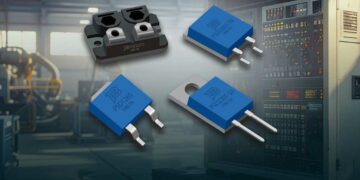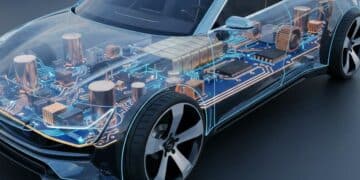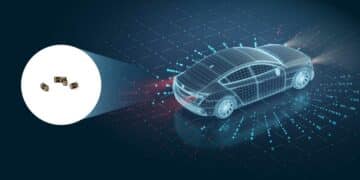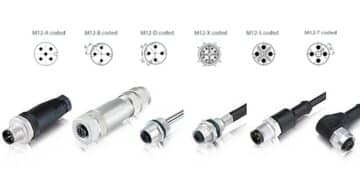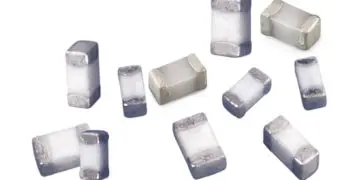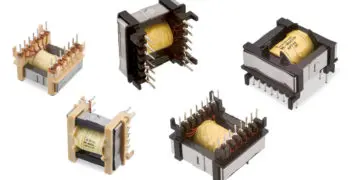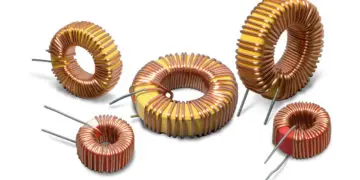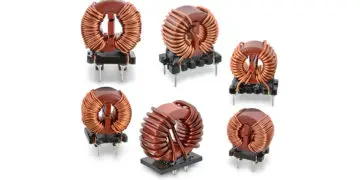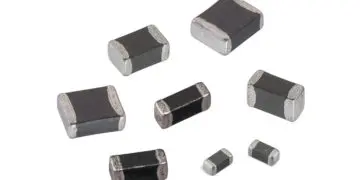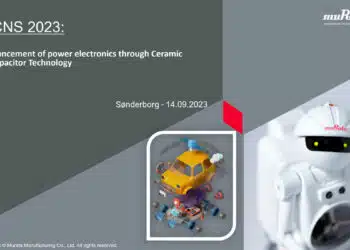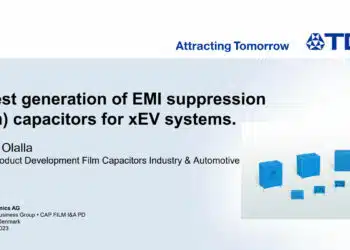Abstract:
Low frequency noise is a well-known tool for quality and reliability assessment of electronic devices. This phenomenon is observed in different electrochemical devices as well (e.g., smart windows, electrochemical corrosion processes). Thus, we can assume that the same tool can be used to asses quality of supercapacitors.
Their quality is usually determined only by capacitance and/or equivalent series resistance (ESR), or impedance. Degradation of supercapacitors’ is indicated by a change of capacitance and ESR and is measured by the established methods, determined by industrial standards. We propose to extend these methods by using low frequency noise measurements which should be in our opinion more sensitive to any changes degrading supercapacitors’ structures. This task is quite difficult because capacitance of the tested specimen is at least about a few or even a few dozens of Farads. It means that we can measure 1/f noise at very low frequency range only. This method is a new one and should be helpful in developing more advanced and economically efficient supercapacitors.
We discuss requirements for the measurement set-up and its possible configurations. Next, the prepared measurement set-up consisting of current/voltage sources, a switching unit, a data acquisition board and a computer controlling the process is described. Some experimental noise measurements are presented as well.
Title: Assessment of Supercapacitor’s Quality by Means of Low Frequency Noise
Author(s): Arkadiusz Szewczyk, Łukasz Lentka, Janusz Smulko,
Organisation(s): Gdańsk University of Technology, Faculty of Electronics, Telecommunications and Informatics, Gdańsk, Narutowicza 11/12, Poland
Symposium: 1st PCNS Passive Components Networking Days, 12-15th Sep 2017, Brno, Czech Republic
Reference: paper 3.1. Supercapacitors Session., PCNS2017 Proceedings Pg.49-56
ISBN: 978-80-905 768-8-9
e-Sessions Applications:
e-Sessions Scope Components: Capacitors
e-Sessions Topics: Quality & Reliability, Measurement & Test
more 1st PCNS symposium technical papers can be viewed and downloaded in pdf from EPCI Academy e-Proceedings:




